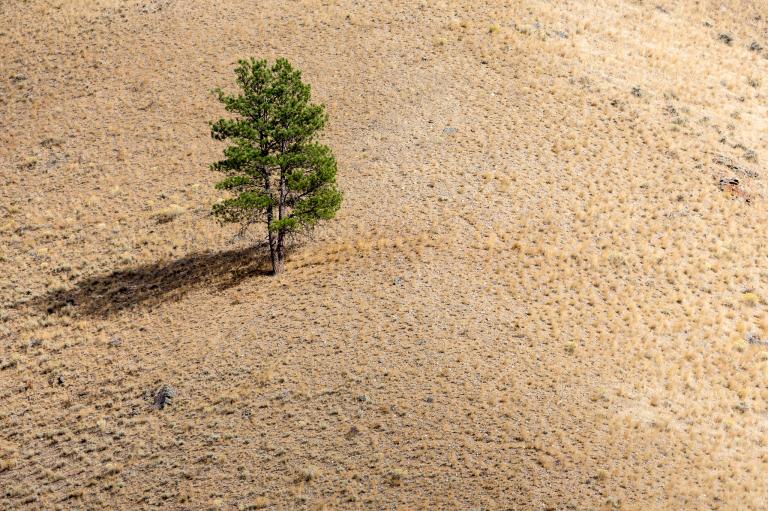-
Tips for becoming a good boxer - November 6, 2020
-
7 expert tips for making your hens night a memorable one - November 6, 2020
-
5 reasons to host your Christmas party on a cruise boat - November 6, 2020
-
What to do when you’re charged with a crime - November 6, 2020
-
Should you get one or multiple dogs? Here’s all you need to know - November 3, 2020
-
A Guide: How to Build Your Very Own Magic Mirror - February 14, 2019
-
Our Top Inspirational Baseball Stars - November 24, 2018
-
Five Tech Tools That Will Help You Turn Your Blog into a Business - November 24, 2018
-
How to Indulge on Vacation without Expanding Your Waist - November 9, 2018
-
5 Strategies for Businesses to Appeal to Today’s Increasingly Mobile-Crazed Customers - November 9, 2018
Droughts Hasten Climate Change by Impairing the Ability of Forests to Store
Instead, his study shows that – assuming they survive their respective droughts – most trees take an average of between two and four years after a drought’s end to recover and resume normal growth rates.
Advertisement
It is generally believed – and certainly assumed by most climate models – that although forest growth around the world is understandably impacted by drought conditions, once a drought is over, a forest will quickly return to normal, healthy growth levels.
Because forest trees play a significant role in buffering carbon dioxide emissions by “storing” the carbon in woody tissue, researchers now fear that drought is compromising their role in a changing climate. But in the majority of the world’s forests, trees struggled for years after experiencing drought. In addition, cone-bearing trees and flowering trees belonging to the categories of gymnosperms and angiosperms require more time to recover from severe droughts, scientists have concluded. Smaller tree rings, indicating a slowdown in wood growth, is also an indicator of a slowdown in carbon sequestration, resulting in less carbon dioxide being removed from the atmosphere than current models tend to predict. Furthermore, the problem is exacerbated by the fact that warmer weather caused by anthropological climate change is likely to create a feedback loop, causing an increase in droughts, and consequently a further slowdown in carbon dioxide uptake.
In the observed data, the researchers found regularly reduced growth for one to four years after severe drought across many taxonomic groups and a broad geographic range, and particularly in dry ecosystems.
Researchers have suggested that climate change could lead to more frequent and/or intense climate extremes, including more severe drought. Long-lasting effects of drought were most prevalent in dry ecosystems, and among pines and tree species with low hydraulic safety margins. They used records kept since 1948 by the worldwide Tree Ring Data Bank.
Growth was about nine percent slower than expected in the first year, and five percent slower than expected in the second year.
What’s the bottom line in terms of the impact on climate change?
It could also be that drought hinders trees’ ability to produce the tissues that transport water throughout the plant, reducing its capacity to take up and use water when it is available again. “And evaporation is very strongly linked to temperature”, Anderegg says. The deficit in precipitation was comparable to earlier droughts, but the temperature was 3 to 6 degrees F hotter than the long-term average. Anderegg said, “It seems like trees are pretty sensitive to drought and they just take a while to recover”.
By contrast, the models they studied showed minimal effects from drought in the same regions, suggesting these tools may need to be reevaluated so that drought impacts are accurately captured.
Advertisement
The scientists estimated the delayed drought recovery could reduce carbon-storage capacity in semi-arid ecosystems alone by about 1.6 metric gigatons over a century, a phenomenon that is not factored into current climate models. That’s not how the real world works.




























